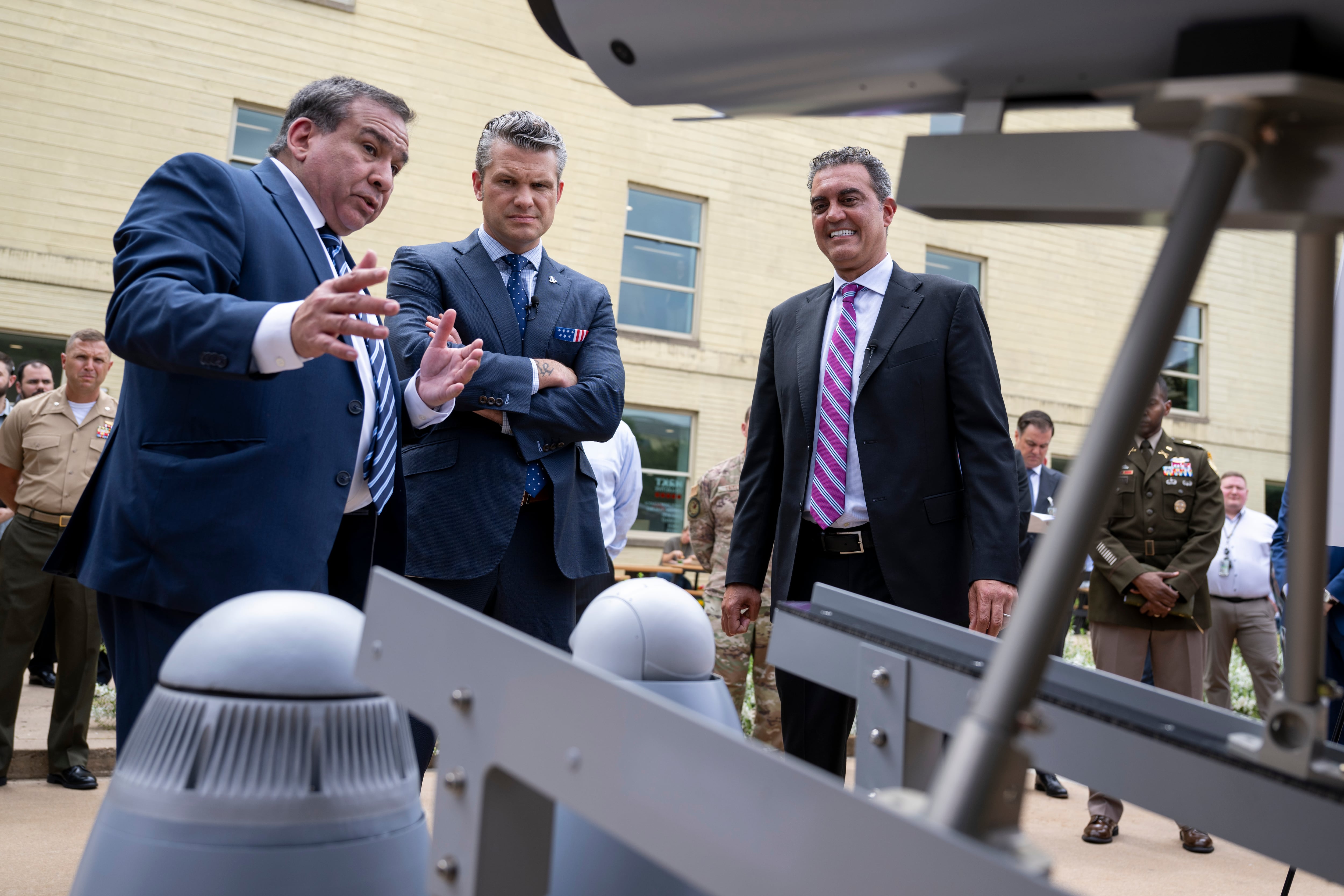There has been a fierce debate inside and outside government regarding the current “dual-hat” arrangement that exists with the roles of National Security Agency director and U.S. Cyber Command commander being performed by the same individual.
The benefits of a split include more clearly defined responsibilities for each organization and less blurring of lines between the tactics and techniques used by intelligence organs and military entities.
RELATED

NSA’s main mission is to collect intelligence — meaning the agency seeks not to get caught — while Cyber Command, a military organization, seeks to deny and disrupt through cyberspace with less concern about making its presence known. This means the two organizations are somewhat at odds and thus the dual-hat was always envisioned as temporary while Cyber Command was being stood up and had to leverage the NSA’s resident talent.
Drawbacks to a split include risks to operations and readiness if each organization is not postured properly to stand on its own.
RELATED

The president’s nominee to serve in both these roles, Lt. Gen. Paul Nakasone, has maintained in confirmation hearings before the Senate Armed Services and Intelligence committees that he is not predisposed to keeping or ending the dual-hat arrangement.
For Nakasone, who currently leads Army Cyber Command, the decision should ultimately come down to what is in the best interest of the nation, he told both committees in written and oral testimony.
“Any decision with respect to terminating the dual-hat leadership arrangement ... must be conditions based — that is to say that processes and decisions which enable effective mutual collaboration and deconfliction are well-established and operating,” he wrote in response to questions prior to the March 15 Senate Intelligence Committee confirmation hearing.
Nakasone continued that the dual-hat arrangement has enabled the operationally close, mutually beneficial partnership between Cyber Command and the NSA.
For instance, Cyber Command relies heavily on the NSA’s intelligence work for mapping networks prior to operations.
“Dual-hatting optimizes the integration and synchronization of [signals intelligence] and cyberspace operations. It enables decision-making that balances competing equities under the judgment of a single individual directly responsible for both organizations critical missions,” Nakasone said.
“If terminated, such decisions will require close organizational collaboration enabled by processes which build upon the operational integration achieved under the dual-hat arrangement, as well as close working relationships between the leaders of both organizations.”
Providing more detail in written responses to the Armed Services Committee, Nakasone said premature separation runs the risk of reducing speed and agility of cyber operations, as well as reduced cohesion and disruption of resources between the two.
Nakasone told both committees that he plans to make an assessment on the splitting of the dual hat to the secretary of defense and chairman of the Joint Chiefs of Staff after his first 90 days.
Mark Pomerleau is a reporter for C4ISRNET, covering information warfare and cyberspace.








